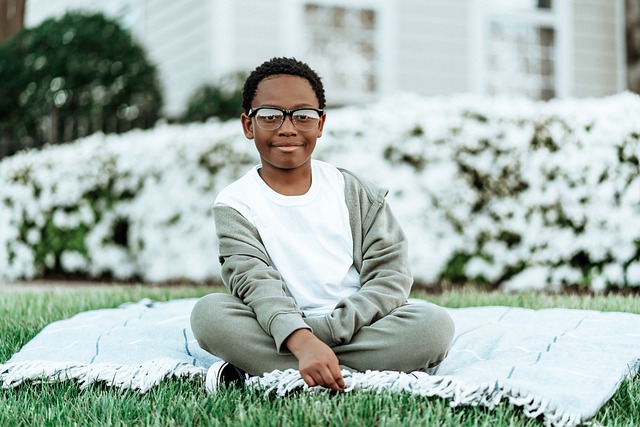NYE ORDNINGER FRA 1. AUGUST

Mandag 1. august iverksettes nye velferdsordninger for familier som har syke og/eller funksjonshemmede barn og unge, blant annet en ny støtteordning for barn som trenger briller og barnekoordinator.
Glasses support
Den nye brillestøtteordningen gir barn som falt ut av ordningen med behandlingsbriller i 2020 (briller til forebygging eller behandling av amblyopi), en ny rett til brillestøtte.
Ordningen vil omfatte rundt 140.000 barn, i tillegg til dem som får dekket briller etter eksisterende støtteordninger og gjelder fram til barnet fyller 18 år.
– Denne brillestøtteordningen vil gi barn og familier som trenger det, hjelp til å få en god brille, sa arbeids- og inkluderingsminister Marte Mjøs Persen til nettstedet Fri Fagbevegelse.
Vel, så enkelt og flott er det nok ikke.
Hva Løvemammaene mener om den nye brillestøtteordningen kan dere lese here.
Children's coordinator
Retten til barnekoordinator skal gis til «familier med barn eller som venter barn med alvorlig sykdom, skade eller nedsatt funksjonsevne, og som vil ha behov for langvarige og sammensatte eller koordinerte helse- og omsorgstjenester og andre velferdstjenester».
Rettigheten gjelder fra man ev. får påvist at man venter et sykt eller funksjonshemmet barn i svangerskapet og frem til barnet er 18 år.
Løvemammaene har tidligere uttrykt vår skepsis ang. ordningen.
On 1 August 2022, a children's coordinator must be in place in all the country's municipalities. It sounds great and with user participation, proper organization and expertise, and not least enough funds, this could be a good arrangement for our member families.
As the coordinator system is today, there are often positions on top of already 100% positions such as physiotherapist, health nurse etc. and the time or resources are not enough to be able to give the families real and good help. There is also no formal course/education they can take that includes how to look after a family in crisis, siblings as relatives, very medically complex children etc., and the digital tools you need to coordinate a family's needs and ensure interdisciplinary/cross-sector interaction does not exist. The technology needed is simply not in place yet, such as e.g. cross-sectoral calendar function, record systems that talk to each other, etc. In this sense, the children's coordinator is a bit premature in the first place, but much can still be done, such as e.g. good training and courses, and own full child coordinator positions that give more time to help the individual family. It is important that the children's coordinator has knowledge of families in crisis and families with a large total burden, and what will be remedial measures for the families. Families who have children and young people with extensive support and care needs will usually have a large interdisciplinary support system to deal with, including many different departments and people within one and the same agency. As of today, it is most often the parents themselves who carry out the coordination and interaction between them, and there is a high workload that many parents describe as a full-time position in itself. The most important thing a child coordinator can do is to reduce this workload for the parents by establishing a point of contact with other agencies, coordinating agreements, informing about rights, mapping needs, helping with applications and complaints, etc.
Samarbeidsplikt og samordningsplikt
Det skjer også en rekke andre endringer i velferdstjenestelovgivningen. Blant annet innføres det regler om samarbeid mellom velferdstjenestene. Det vil si at det kommer på plass en rekke lovendringer som gir offentlige instanser en plikt til å samarbeide og samordne seg imellom. En forskrift om individuell plan trer også i kraft.
Les mer om hva Løvemammaene tenker here.
- SUBJECTS: Current affairs, The glasses action, Advice and tips
- Published:
- The lion mothers
- SUBJECTS: Current affairs, The glasses action, Advice and tips
- Published:
- The lion mothers